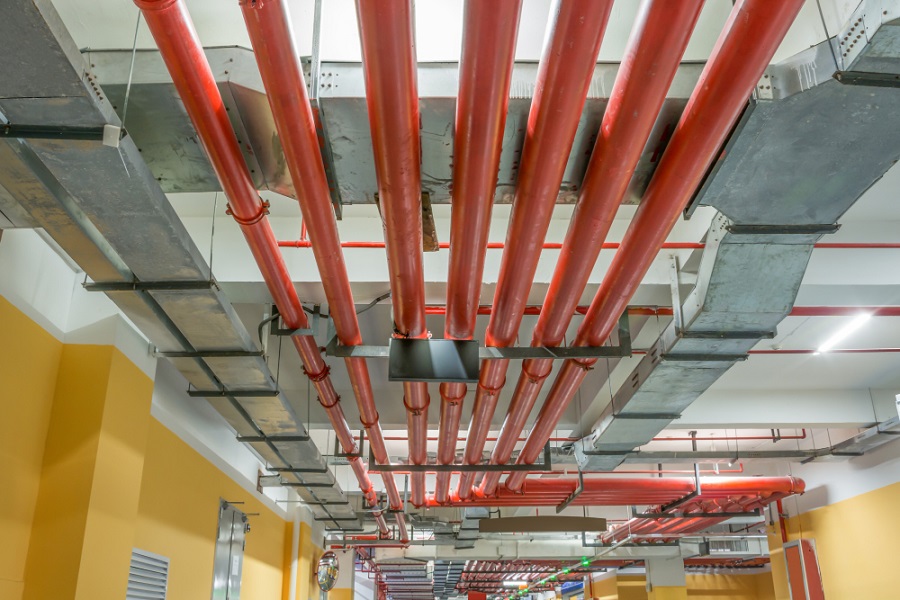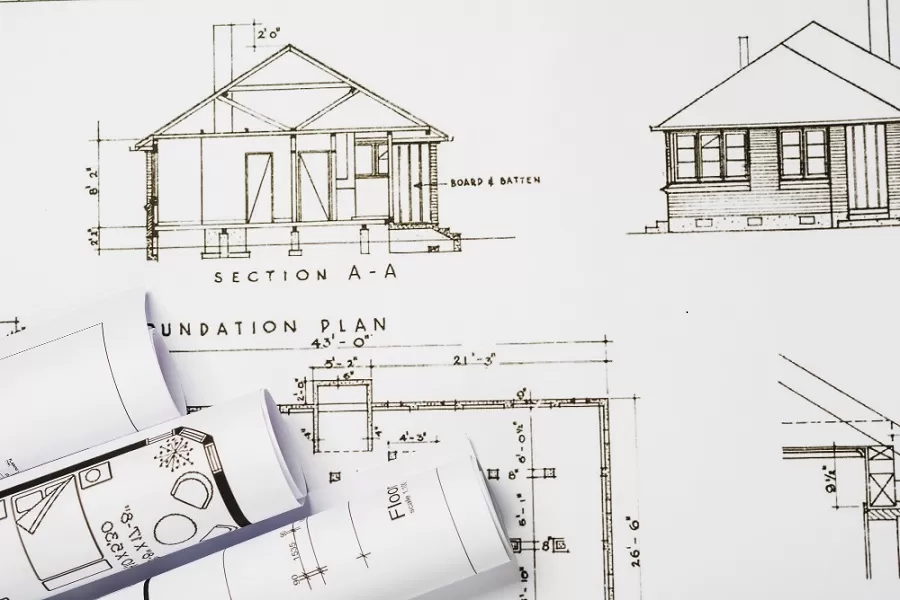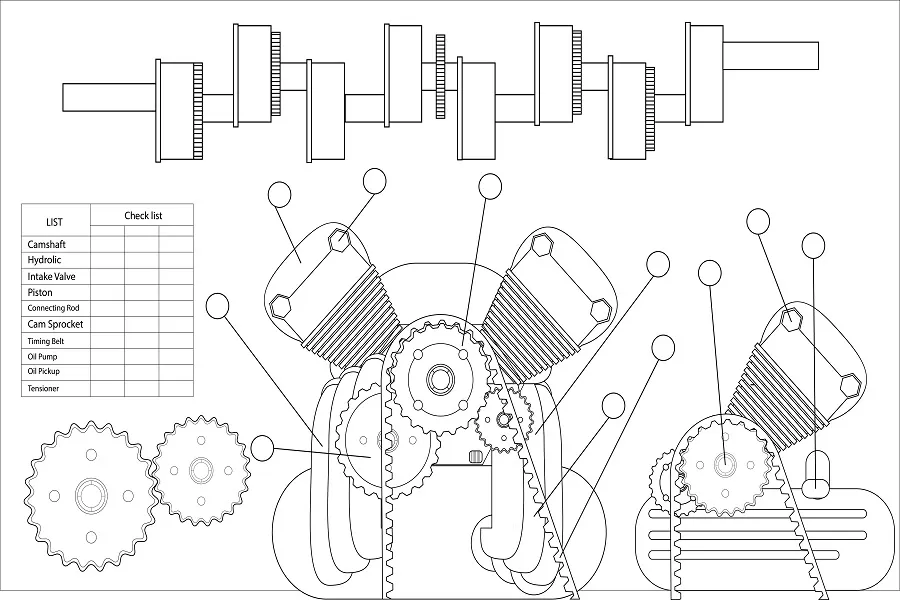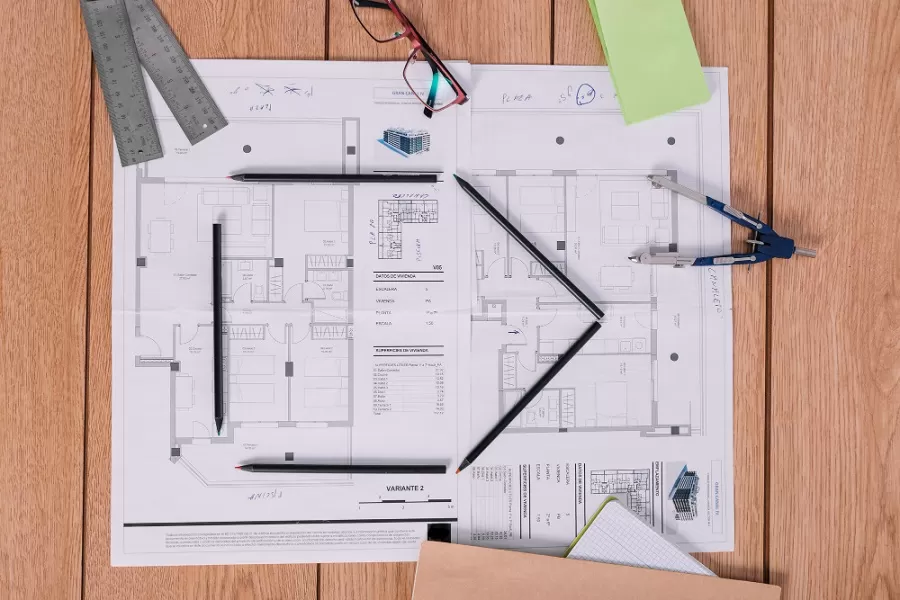Often overlooked, Fire Safety is a mandatory aspect of every building design and it is critical to prioritize the fire safety measures right from the outset of any construction project. The reason why most engineers and architects are turning to Building Information Modeling (BIM) to enhance the fire safety features in buildings right at the design stage.
By creating detailed digital representations of the building, BIM goes beyond traditional 2D drawings and introduces a three-dimensional, data-rich modeling approach to visualize and simulate fire safety scenarios. It facilitates seamless integration of fire sprinklers and other fire protection measures into the design, ensuring that buildings are better equipped to mitigate the risks associated with fire outbreaks.
In this blog, we’ll talk about some specific ways in which BIM contributes to fire protection within the MEPF discipline.
Integrated Design and Accurate 3D Visualization
BIM ensures integrated fire protection system design services. By providing a detailed 3D model of the fire sprinkler system, it facilitates clear visualization of all aspects of fire protection systems, including sprinklers, fire alarms, smoke detectors, and evacuation routes. This not only promotes consistency and accuracy in design but also facilitates seamless coordination between different MEPF disciplines, ensuring that elements like sprinklers, fire alarms, and emergency lighting are strategically placed and do not conflict with other architectural, structural, or MEP systems.
Clash Detection & Early Issue Resolution
BIM software like Autodesk Naviswork contain clash detection tools that automatically identify conflicts or clashes between various MEPF elements and other building components. This is crucial for ensuring that fire protection systems are not obstructed or compromised by other systems and helps to improve the overall efficiency and effectiveness of the design.
BIM helps MEP professionals address and resolve clashes during the design phase itself, rather than taking them up during construction. This proactive clash coordination service helps avoid costly rework and ensures that the final construction aligns with the fire safety requirements.
Automated Hydraulic Calculations
By using parametric design principles, BIM allows designers to automate hydraulic calculations to help determine the accurate sizing of pipes, flow rates, and pressure requirements for the fire sprinkler system. This ensures optimized sprinkler system design and accurate placement of other fire protection equipment.
Performance Simulation and Analysis
Traditional fire protection system design methods lacked performance analysis capabilities. This significantly affects maintenance planning, system monitoring, and future modifications. MEP BIM tools enable the simulation of fire scenarios, allowing designers to assess the performance of fire protection systems under different conditions. Using Revit and other BIM modeling software, fire protection experts can evaluate the effectiveness of sprinkler systems, smoke extraction systems, and other fire safety measures, leading to more accurate, efficient, and compliant fire safety solutions for buildings.
Improved Cost Estimation
BIM enables automatic quantity takeoffs of fire sprinkler components. This helps in streamlining the estimation of material quantities, facilitating better budgeting and cost control during the project.
System Data Management & Maintenance Planning
BIM helps to create a centralized repository for crucial details of fire protection systems, including fire-resistant materials, specifications of fire protection equipment, system configurations, and compliance documentation. A comprehensive database, it allows stakeholders to access precise information throughout the project’s lifecycle and make informed decisions about materials and maintenance processes.
Again, by including maintenance information into the model, facility managers can ensure that inspections, testing, and maintenance are conducted on time as per the regulatory requirements. This helps to improve the overall reliability and efficiency of fire protection systems.
Regulatory Compliance Documentation
BIM models can serve as a comprehensive documentation tool for regulatory compliance. By incorporating relevant codes and standards into the model, it becomes easier to demonstrate that the MEPF systems, including fire protection, adhere to local building regulations and safety standards.
Collaboration and Communication
BIM fosters seamless collaboration among MEPF professionals, architects, and other stakeholders. This collaborative environment enhances communication, reduces the likelihood of errors, and ensures that fire protection requirements are effectively communicated and met throughout the design and construction phases.
BIM – The Most Efficient Route to Fire Safety
Building Information Modeling has emerged as the cornerstone for advancing fire safety standards during construction. It has revolutionized the way fire protection systems are designed and implemented. Its three-dimensional, data-rich modeling approach surpasses traditional 2D drawings and empowers MEP professionals to accurate sprinkler system design and implement fire safety solutions with unparalleled precision and effectiveness.
However, to make the most of BIM technology, it is important to partner with experts. Enginerio, with its proven track record and expertise in providing cutting-edge fire sprinkler system design services, stands as your ideal partner in harnessing the full potential of BIM’s transformative technology for fire safety.
Hire our fire sprinkler system designers and ensure accurate designs, seamless coordination, and compliance with the latest standards. Connect with us to enhance your building’s fire safety standards through BIM.





